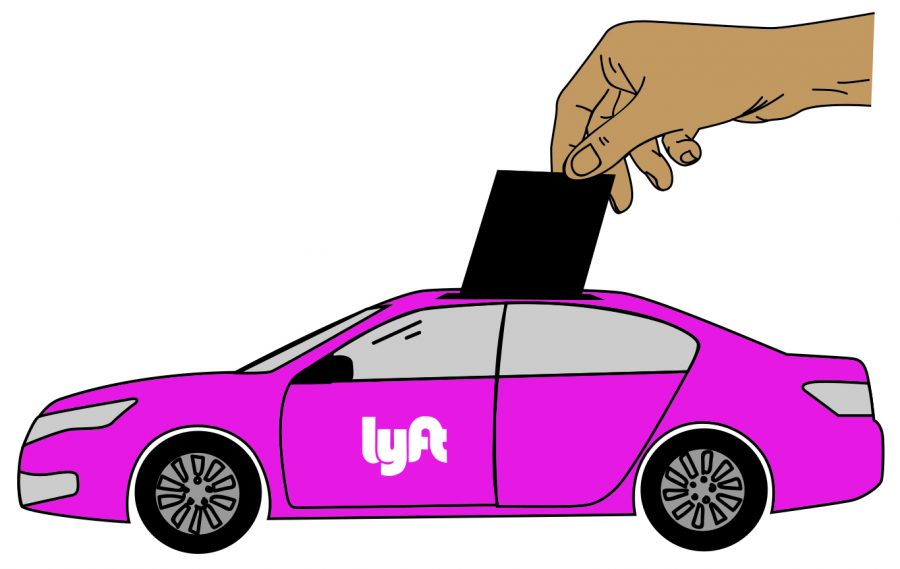Lyft drives voting initiative forward
Lyft drives voting initiative forward
September 4, 2018
Lyft wants to help voters during November elections by reducing ride fares and providing registration information as part of its Ride to Vote initiative.
Lyft partnered with organizations such as Vote.org, Nonprofit Vote and TurboVote to provide coupon codes that offer would-be voters 50 percent off rides to polling places Nov. 6, according to Lyft’s Aug. 23 press release. Lyft also partnered with Voto Latino, local Urban League affiliates and the National Federation of the Blind to provide free rides for people in underserved communities.
It is unknown what communities Lyft plans to select as of press time.
An estimated six million people ages 18-29 were unable to vote in 2016 due to lack of transportation, according to the Center for Information and Research on Civic Learning and Engagement.
CIRCLE estimates 20 percent of youth—with and without college experience—did not vote in 2016 due to problems with voter registration.
The Ride to Vote initiative attempts to solve a problem which mainly affects low-income Americans. The inability to get to voting polls suppresses their vote and can hamper turnout, said Elizabeth Tandy Shermer, associate professor in the History Department at Loyola University Chicago, author and journalist whose work includes American politics.
Lyft will also use social media to remind people of registration deadlines, provide drivers with voter registration handouts and have voter information at its 13 hub locations nationwide.
Shermer said social media can act as “a good conduit for translating knowledge and ensuring turnout” by pushing important information. But providing voter registration information to drivers may not reach customers as few people actually talk to Lyft drivers during a ride, Shermer said.
Sharon Bloyd-Peshkin, associate professor in the Communication Department, said she helps register incoming freshman to vote during Columbia’s Convocation.
Bloyd-Peshkin said students may not know how to register, where to go to get registered or where their polling places may be.
Conrad Wight, an economics and political science major at the University of Wisconsin-Madison, received help registering to vote and said he found face-to-face interaction helpful during the process.
Wight, who has a Lyft account, said he would consider using the service to help him vote if he needed transportation last minute.
Lyft wants to provide more opportunities to help people vote nationwide, said Kate Margolis, corporate communication lead at Lyft in an Aug. 26 email to The Chronicle. We want to use our services to remove the burden of finding transportation from the voting process and ensure people can head to the polls.
Lyft is available in all 50 states, and accessible statewide in 48 states, according to Margolis.
That makes Lyft available to 96 percent of the population, she added.
Transportation is just one problem that could occur when voting, Schermer said. Voters may not have time to wait in lines, or be able to take off work.
Bloyd-Peshkin agrees that Lyft’s Ride to Vote initiative can be beneficial, but added the company cannot solve every problem.
“Anything that helps people get to the polls is a huge benefit,” she said. “[But] they are a rideshare business. They can’t open voting stations or solve other problems.”








